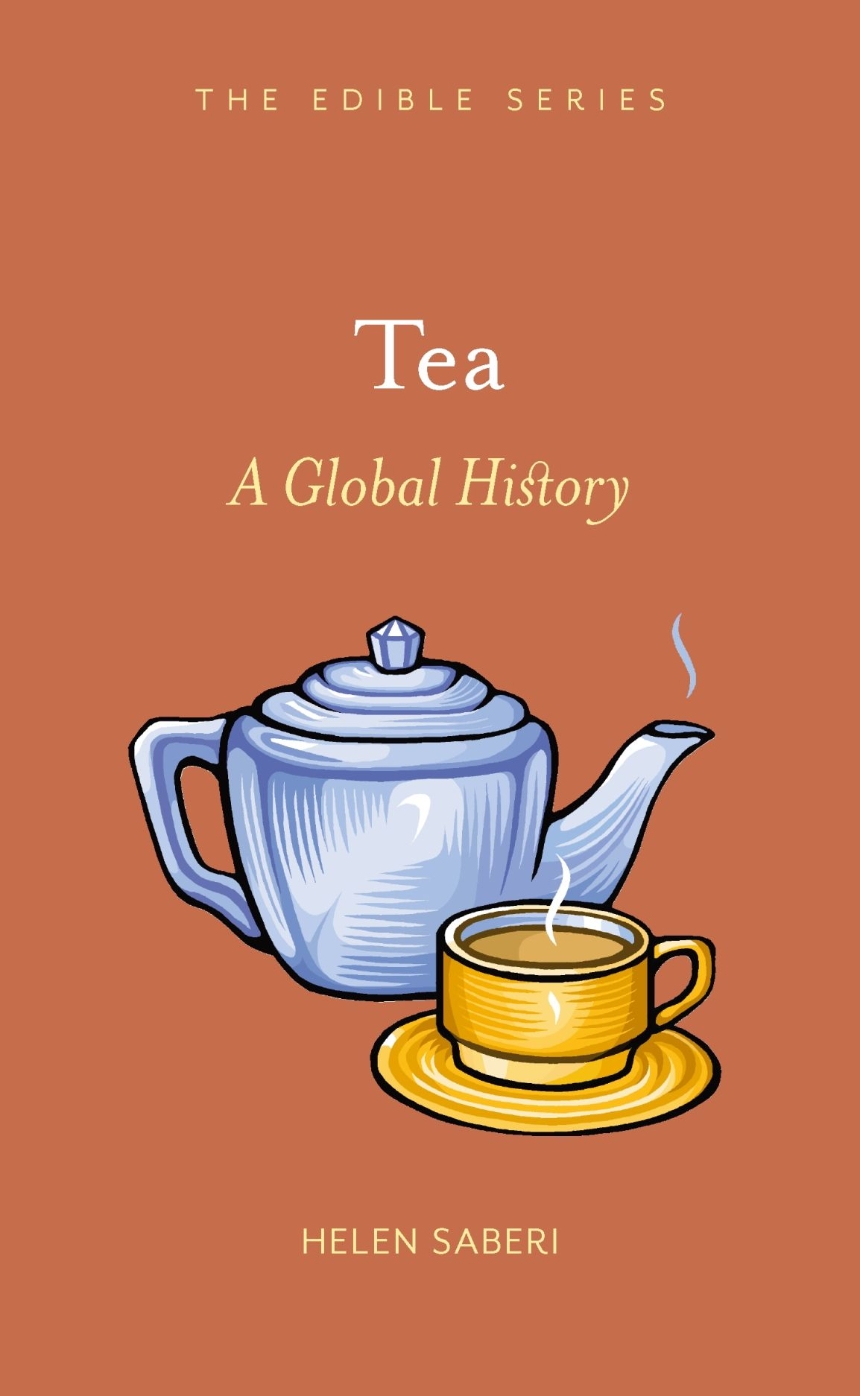From chai to oolong to sencha, tea is one of the world’s most popular beverages. Perhaps that is because it is a unique and adaptable drink, consumed in many different varieties by cultures across the globe and in many different settings, from the intricate traditions of Japanese teahouses to the elegant tearooms of Britain to the verandas of the deep South.
In Tea food historianHelen Saberi explores this rich and fascinating history. Saberi looks at the economic and social uses of tea, such as its use as a currency during the Tang Dynasty and 1913 creation of a tea dance called “Thé Dansant” that combined tea and tango. Saberi also explores where and how tea is grown around the world and how customs and traditions surrounding the beverage have evolved from its legendary origins to its present-day popularity.
Featuring vivid images of teacups, plants, tearooms, and teahouses as well as recipes for both drinking tea and using it as a flavoring, Tea will engage the senses while providing a history of tea and its uses.

